Introduction
I have been sketching all my life, my earliest being various birds and nesting birds where I grew up in the country outside Johannesburg, greatly influenced by a lot of birding friends around me including Warwick Tarboton who drew pencil sketches of birds more quickly and acuratly than anyone I have known. My father was a very competent oil painter and art collector and that also gave me some appreciation of art from an early age. As a young GP in Maritzburg I invested in some art classes for a year or more and studied art books wherever I could lay my hands on them. Most of my early work was in pen and ink, later in oils.

Below: My studio at home in Cape Town with good north facing light
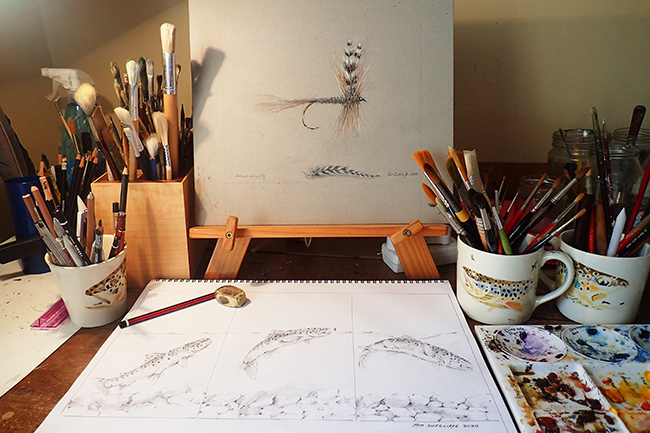
Like most sane people I'd rather be fishing every spare moment but I find now – maybe a symptom of age – that capturing fish on paper with pen and ink is nearly as good as taking them from a stream with a rod and line. Well, nearly.
So my art has lately become a bigger thing in my life, not that it hasn't always been to some extent.
As a student, for example, I made a few bucks on the side selling caricatures of our professors and lecturers to fellow students and later, carried on with a few cartoons of my fishing buddies.


In celebration of Clive Hatton's 9-pound trout from the Langkloof in Barkly East
I do on-site sketches in wire-bound sketch pads but I also draw from photographs. Taking a sketch pad in the back of your fly vest with a range of pencils is not something I make a habit of, but when I have sketched on site I have learned more about what I was drawing than I ever did from a photograph! And I have kept all those pads.

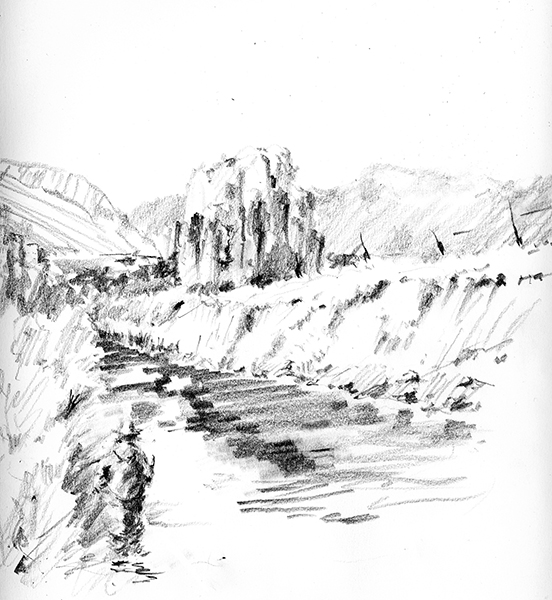
Sterkspruit on Birkhall
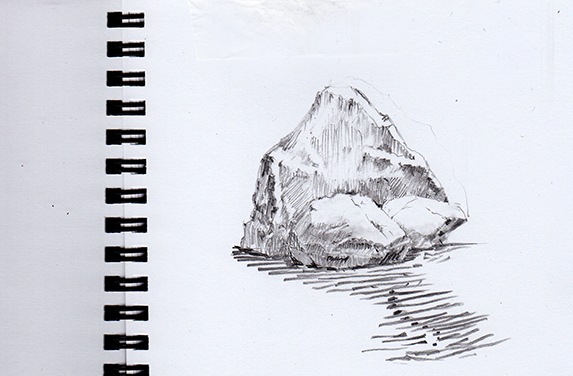
My water colours
All my watercolour paintings are done on 300 gm, watermarked, 100% cotton Arches cold and hot-pressed paper. I use only Winsor & Newton paints and store the art in large plastic sleeved portfolio folio holders in dry, dark places. I do sometimes arrange framing, but it puts both the price of the art up and complicates the transport by courier, so I don't often recommend it.

Of all subjects, I enjoy painting trout most, and often introduce a background sketch to a watercolour as below.


Wild rainbow, Bokspruit River, on the summit of the Breg

Watercolour sketch of the Bushmans river KZN
My ceramics
I've recently been painting and sketching trout on unfired ceramic salad bowls, cheese platters and coffee mugs. The results are pleasing once the piece has been fired and then glazed and re-fired again. Each piece is marked at the back 'Hand drawn by Tom Sutcliffe' with the date.

The pen and ink sketches on ceramic are especially pleasing to me. I draw and paint onto the raw bisque ware with a very special Amaco pencil and special paints. Standard lead pencils don't work as the sketches disappear in the firing process.
I never use digitally generated transfers in this art. All is original pen drawn straight onto the bowl or mug.
The raw product is fired twice at around 1200° C, once to bake it hard and the second time to cover it in a nicely transparent glaze. So it will last your lifetime – or until you drop it!

(In a private collection.)
Pen and ink
I find this a very expressive medium and I do most of my sketches on high quality art paper or Primeart paper. The pencils I use are a combination of Rembrandt Lyra (HB to 9B), Wolffs Carbon pencils and Faber Castell Ecco Pigment pens sizes from 0.1 to 0.9.

Some of my art is drawn on-stream, as in the example below.

The Diepspruit on Millard in the Eastern Cape Highlands
Trout flies
I mainly use pastels to draw trout flies because it is possible to get the finest variety of shades and colour tones by mixing the pastel colours. The effect is very life-like. I use Sennelier pastel paper for the drawings. Most of my sketches are based on the Catskill school of fly tying.

Traditional Adams, Catskill style

Hendrickson
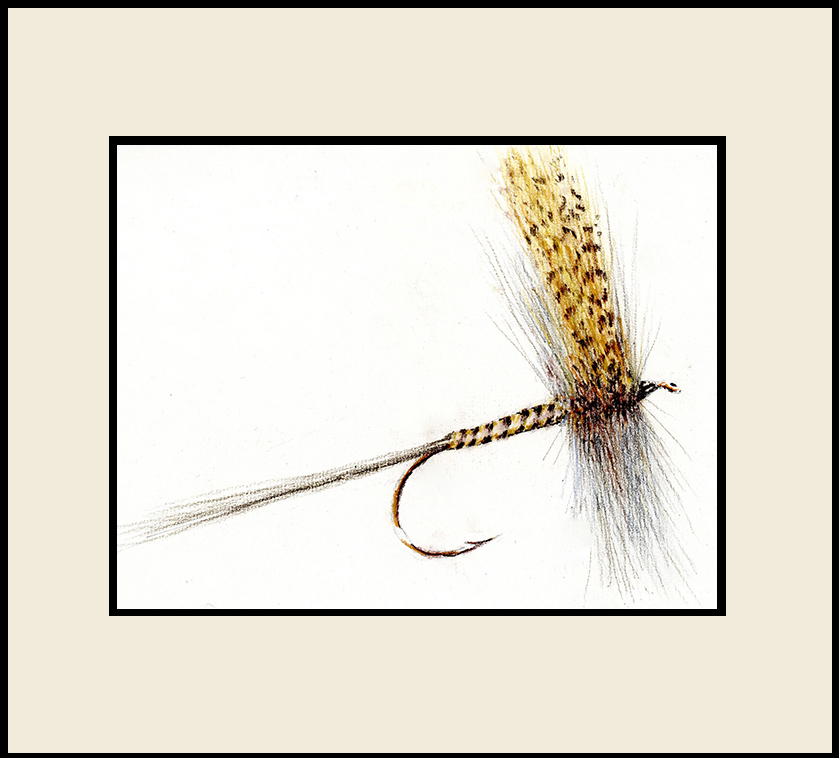
Quill Gordon

Pink Lady
I will include some of my pen and ink sketches of trout flies.
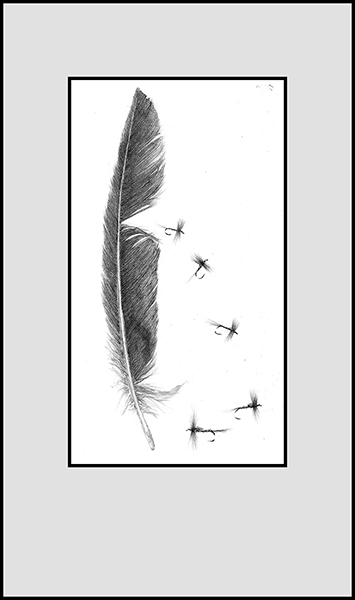

Oils
I will soon get back to oils, a medium I love, since the master of bamboo rods and wood, Steve Boshoff, renovated my century-old easel that once belonged to a famous artist, Jean Welz, whose pastel-colored palette is still evident in the patina of its wood.
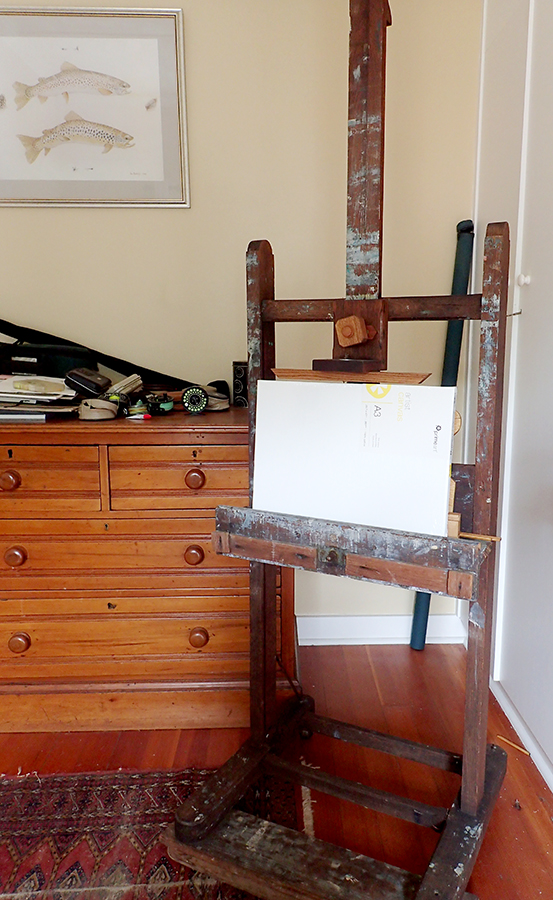
An earlier oil painting
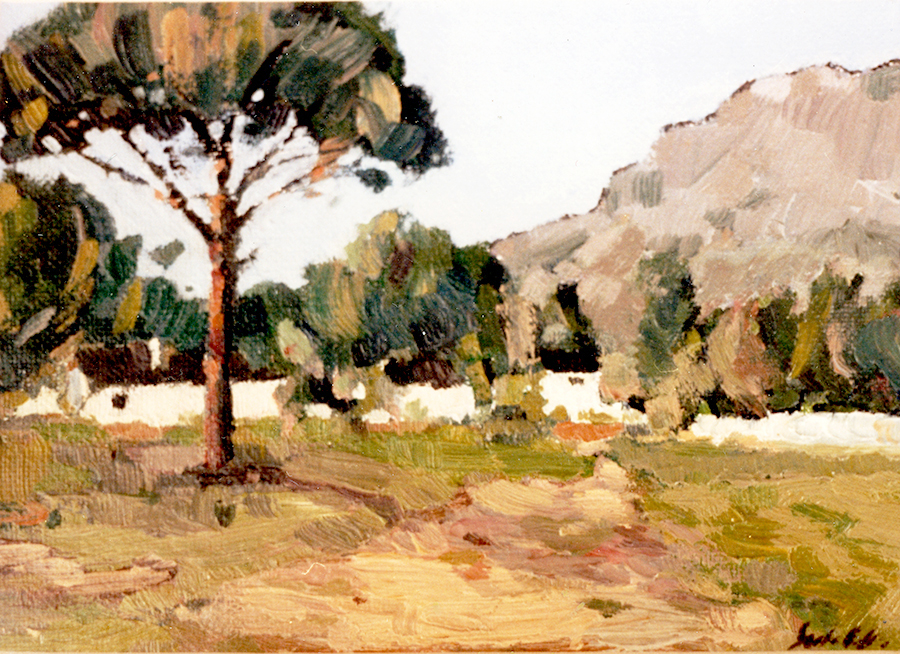
Farm outside Stellenbosch 1984 Oil on canvass painted on site (PRIVATE COLLECTION)
Some pieces in private collections

private collection, United Kingdom


Collage above and Salmon below in RSA

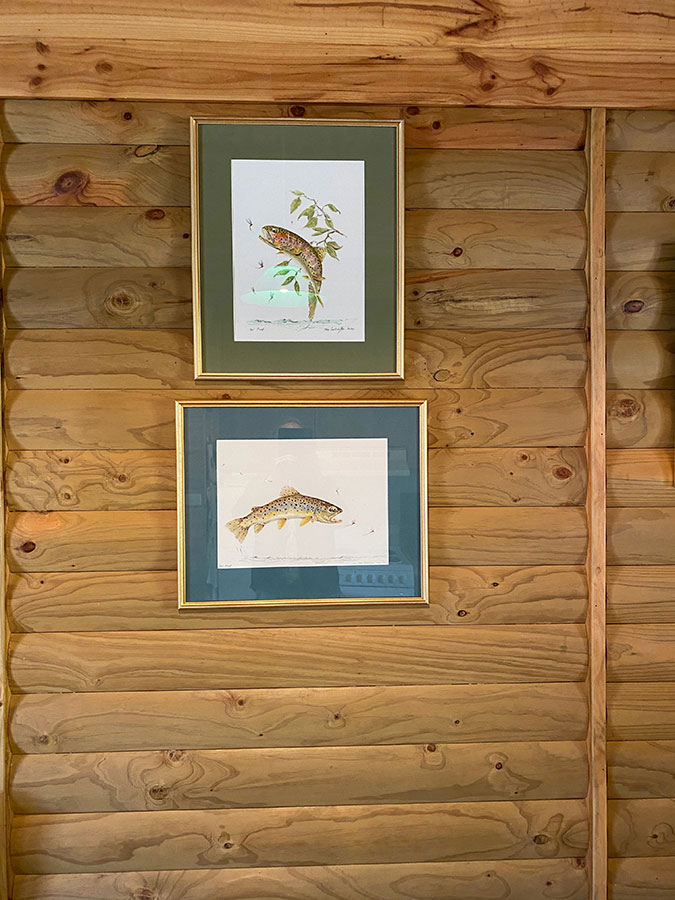
In private collection -Victoria, Australia


